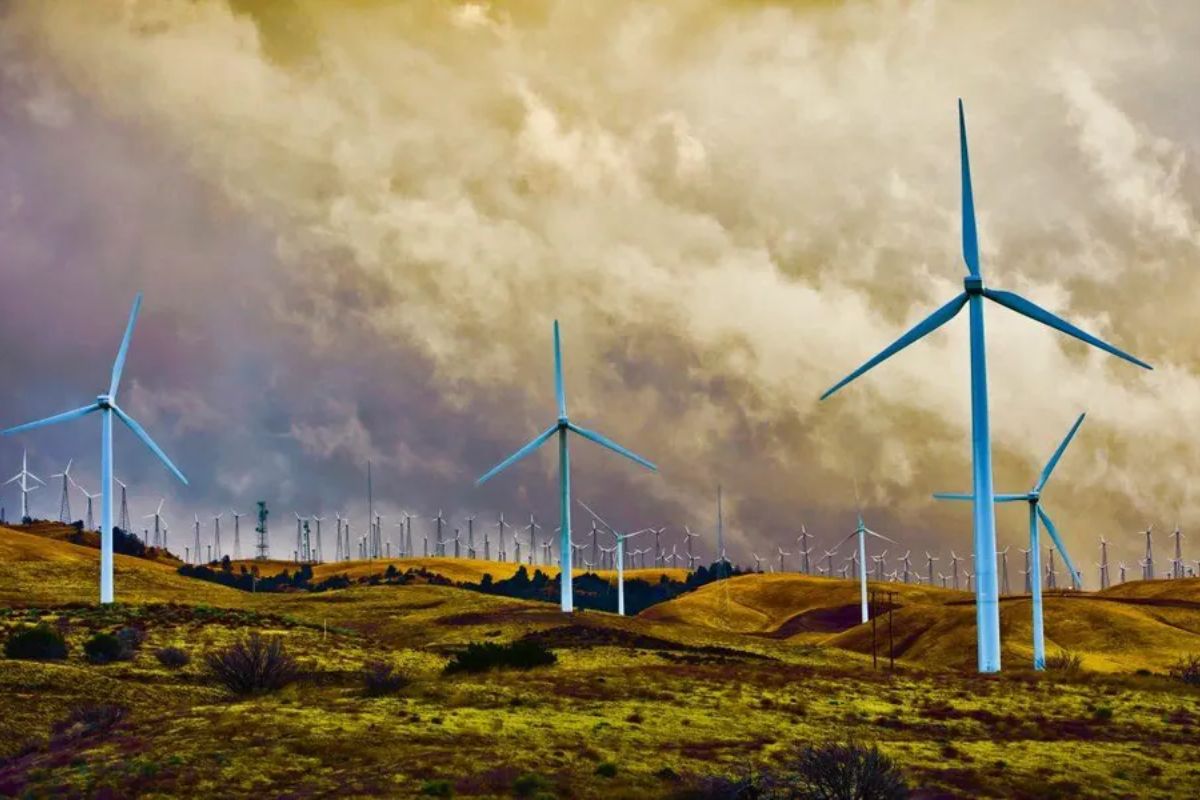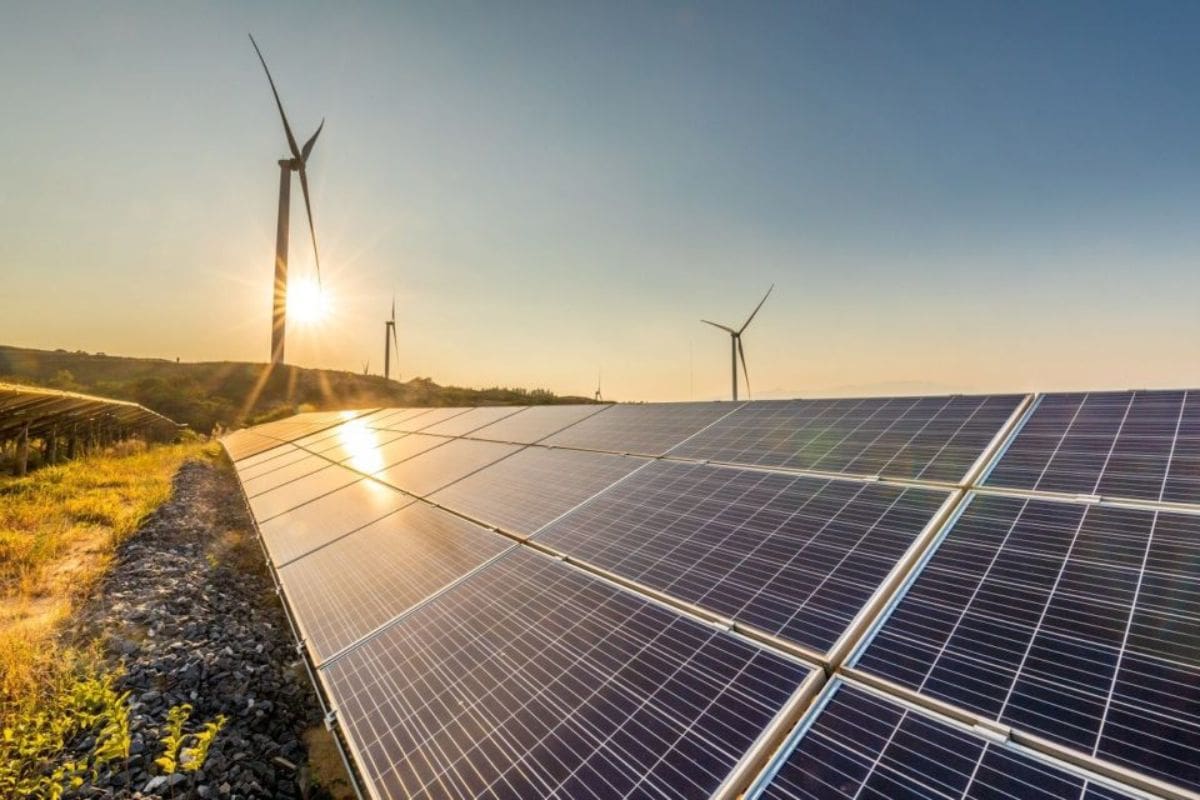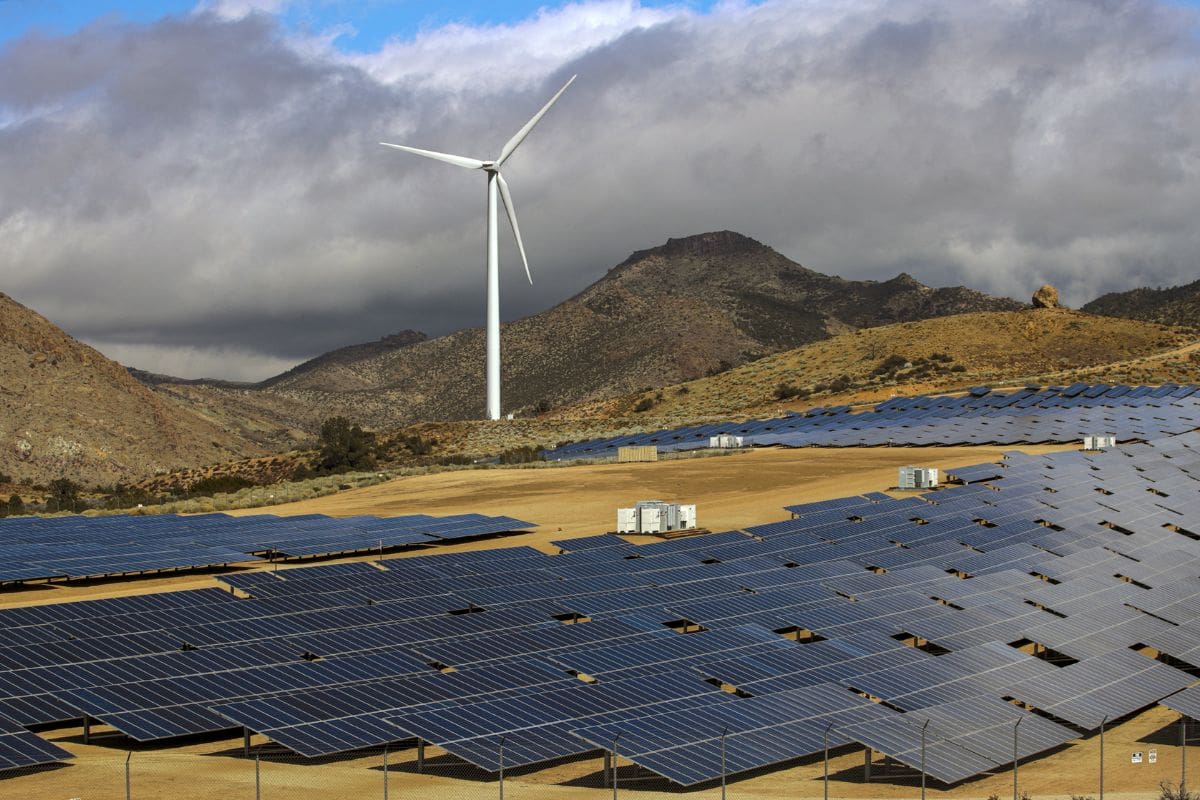California Unbelievable Streak Two Days: California has made headlines with an exceptional accomplishment in the realm of renewable energy, achieving an unprecedented two-day streak of relying entirely on renewable power sources. This remarkable feat has sparked discussions and raised eyebrows across the energy sector, prompting experts the intricacies of this achievement.
By examining the detailed breakdown of energy sources and the dominant roles played by solar and geothermal energy, a deeper understanding of California’s renewable energy landscape emerges. The implications and future possibilities stemming from this milestone are equally intriguing, hinting at a potential shift in the state’s energy paradigm.
Key Takeaways
- California achieved 100% renewable energy for two consecutive days, showcasing commitment to sustainable practices.
- Solar power dominates the renewable energy landscape, meeting over 90% of peak energy demands efficiently.
- Geothermal energy plays a significant role, providing steady power to complement intermittent sources.
- The milestone sets a new standard for clean energy adoption, emphasizing scalability and reducing carbon emissions.
California Achieves Unprecedented Renewable Energy Mileston
California’s attainment of an unprecedented renewable energy milestone signifies a significant leap forward in the state’s transition towards a cleaner, more sustainable power grid. Surpassing 100% reliance on renewable sources for two consecutive days is a groundbreaking achievement that showcases California’s dedication to clean energy.
This milestone, as highlighted by Professor Mark Jacobson in a tweet, underscores the state’s commitment to reducing carbon emissions and combating climate change. The data shared in the tweet not only celebrates this momentous occasion but also serves as a testament to the effectiveness of California’s renewable energy policies and investments.
Achieving full reliance on renewable sources for an extended period demonstrates the viability and scalability of clean energy technologies in powering a large and dynamic electricity grid. California’s success in this endeavor sets a new standard for other regions aiming to transition towards sustainable energy systems and reinforces the state’s position as a leader in renewable energy adoption and innovation.
Historic Renewable Energy Peaks
During the historic renewable energy peaks achieved in California, the state’s power grid demonstrated exceptional reliance on wind, water, and solar sources, surpassing 100% for two consecutive days. This remarkable feat showcased California’s commitment to transitioning towards sustainable energy practices.
The peak on the first day soared to an impressive 117.8%, indicating an abundance of clean energy generation that exceeded the state’s immediate demand. Even on the second day, the peak remained high at 103.05%, solidifying the consistency of renewable sources in meeting California’s electricity needs.
This achievement not only signifies a major milestone in the state’s renewable energy journey but also sets a precedent for other regions aiming to reduce their carbon footprint and embrace cleaner energy alternatives.
Key Points:
- Exceeded 100% reliance on wind, water, and solar sources
- Peak on the first day reached 117.8%
- Peak on the second day maintained at 103.05%
Detailed Breakdown of Energy Sources
Amid California’s historic renewable energy peaks, a detailed breakdown of the energy sources utilized provides valuable insights into the state’s diverse and sustainable power generation portfolio.
Wind energy, contributing 3.95% to the overall energy mix, played a crucial role in supporting California’s grid during the remarkable two-day period of 100% renewable power. Despite its relatively smaller percentage, wind power showcased its reliability and consistency as a renewable resource.
Solar power, as the dominant player in California’s renewable energy landscape, harnessed the abundant sunshine to meet a significant portion of the state’s electricity demands.
Biomass and geothermal sources also made notable contributions, underscoring California’s commitment to a comprehensive approach to renewable energy generation.
The detailed breakdown of these energy sources highlights the synergistic effect of combining multiple renewable sources to create a robust and sustainable power grid. By leveraging a mix of renewable resources, California demonstrates a model for other regions aspiring to transition to clean energy solutions.
Dominance of Solar Power
The remarkable preeminence of solar power within California’s renewable energy sector underscores the pivotal role this abundant energy source plays in meeting the state’s electricity needs. Solar energy’s contribution of 92.29% highlights its overwhelming dominance, with more than 90% of the energy generated during peak periods coming from solar sources. This showcases the efficiency and effectiveness of solar infrastructure in fulfilling the energy demands of California.
Key Points:
- Solar energy accounts for 92.29% of California’s renewable energy sector.
- More than 90% of energy generated during peak periods is sourced from solar.
- Solar infrastructure proves highly efficient in meeting the state’s energy demands.
Significant Role of Geothermal Energy
California’s renewable energy landscape benefits significantly from the substantial contribution of geothermal energy, amounting to 5.24% of the state’s renewable energy sector. Geothermal energy plays a crucial role in California’s energy portfolio, providing a steady and reliable source of power that complements the intermittent nature of solar and wind energy.
The inclusion of geothermal energy in the renewable energy mix showcases California’s commitment to a well-rounded approach in achieving its sustainability goals. Geothermal energy’s consistent contribution helps enhance the state’s grid stability, reduce reliance on fossil fuels, and decrease greenhouse gas emissions.
California’s embrace of geothermal energy underscores its proactive stance in leveraging diverse renewable resources to meet energy demands in an environmentally responsible manner. As California continues to lead the way in renewable energy adoption, the significant role of geothermal energy serves as a cornerstone in the state’s transition towards a cleaner and more sustainable future.
Also Read: California Winter Stay Safe with Vital Health Tips!
Conclusion Of California Unbelievable Streak Two Days
California’s recent achievement of two consecutive days of 100% renewable power marks a significant milestone in the state’s transition towards sustainable energy sources.
The detailed breakdown of energy sources highlights the dominance of solar power and the significant role of geothermal energy in this remarkable feat.
This unprecedented streak underscores California’s commitment to reducing reliance on fossil fuels and advancing towards a cleaner, more sustainable energy future.
Our Reader’s Queries
Does California have renewable energy?
California Takes the Lead in Paving the Way to a 100% Clean Energy Future, Tackling Climate Change Head-On.
What are the seasonal challenges for a California renewable energy driven grid?
Traditionally, California faces electricity supply challenges during hot summer sunsets. With increased reliance on renewables, the hurdle may shift, focusing on electricity supply dynamics rather than seasonal demand fluctuations.
How much of California electricity is renewable?
In 2022, California sourced 42% of its in-state electricity generation from nonhydroelectric renewable resources.
What is California’s main source of energy?
Nearly half of California’s in-state electricity generation is attributed to natural gas-fired power plants. The state, a major hydroelectric power producer in the U.S., sees hydroelectric power contributing close to one-fifth of its electricity generation when rainfall is sufficient.




